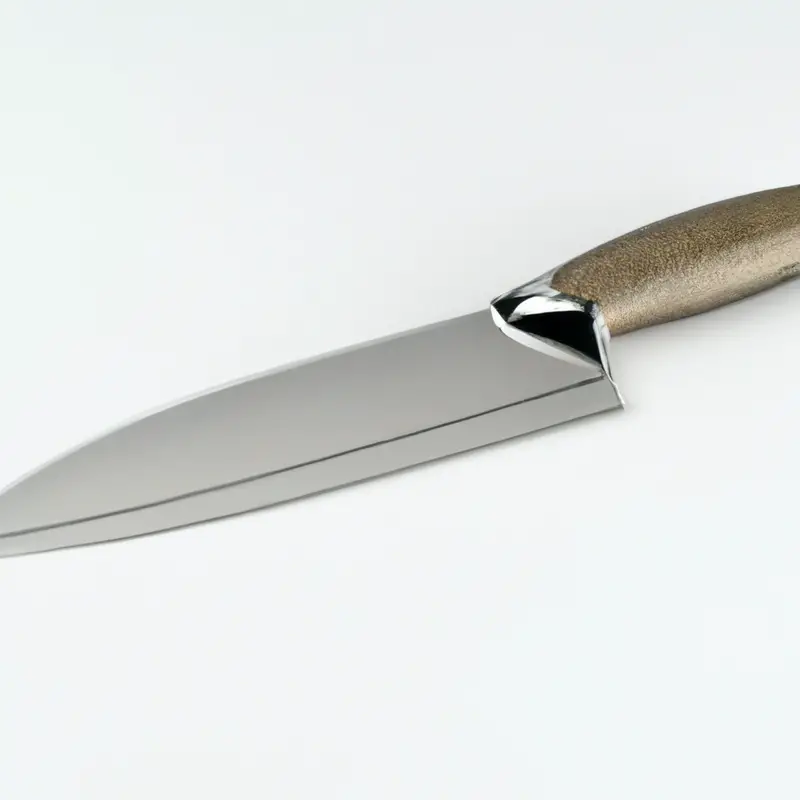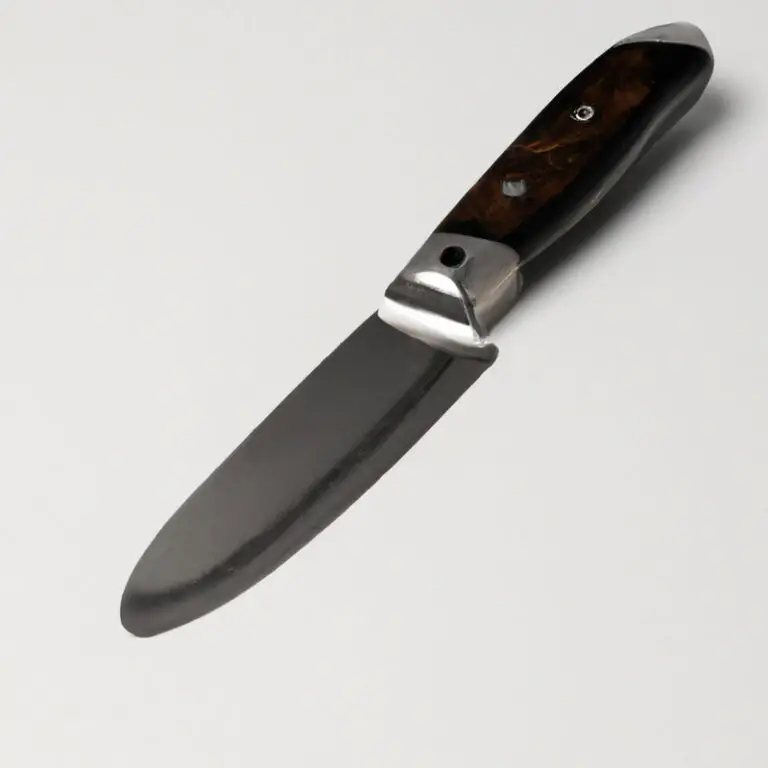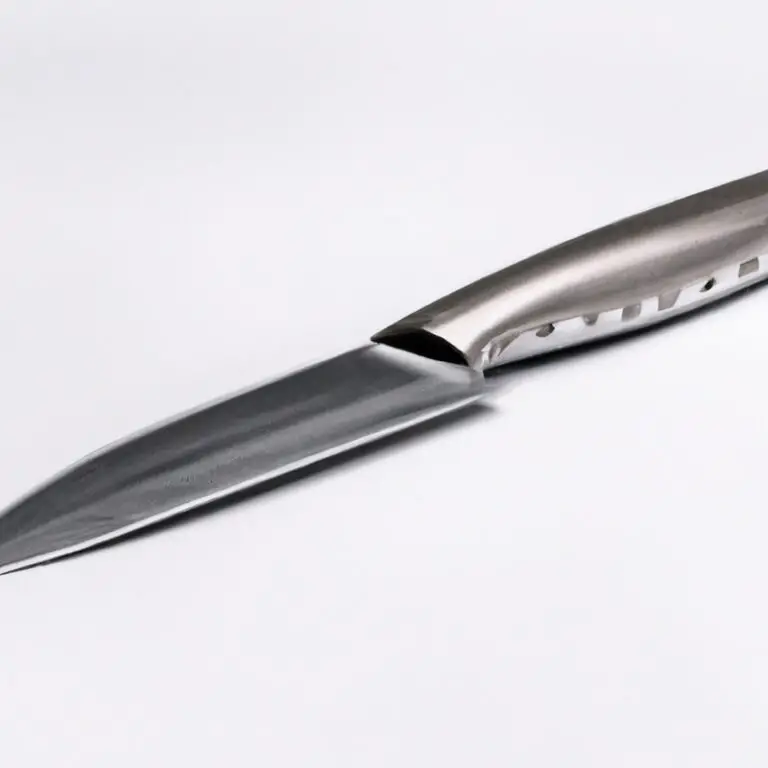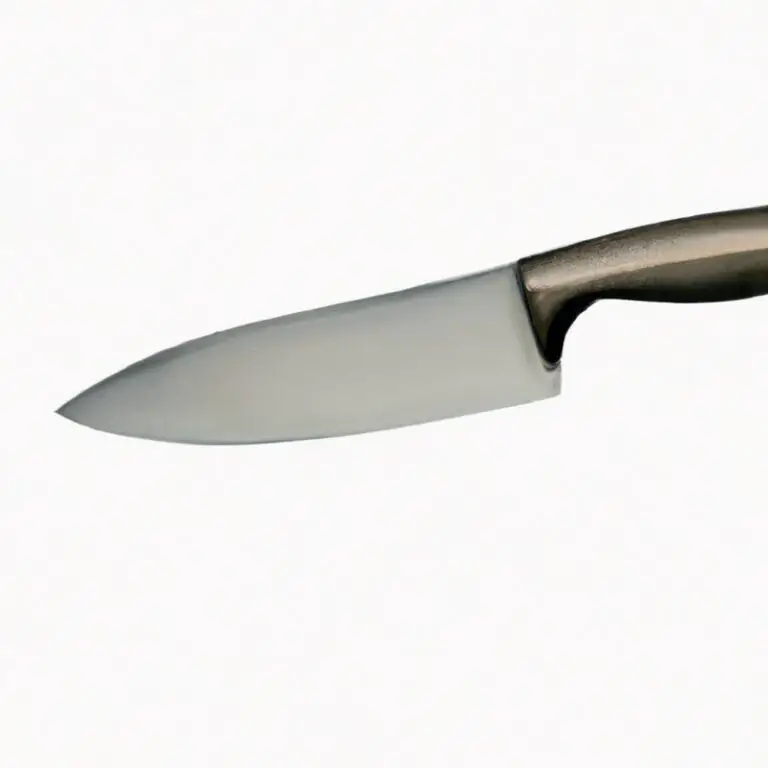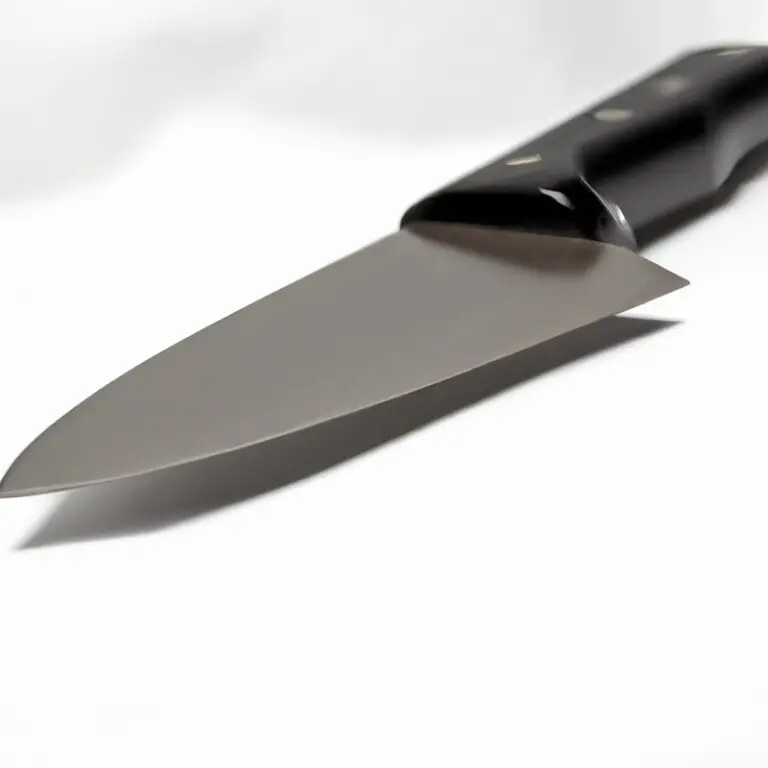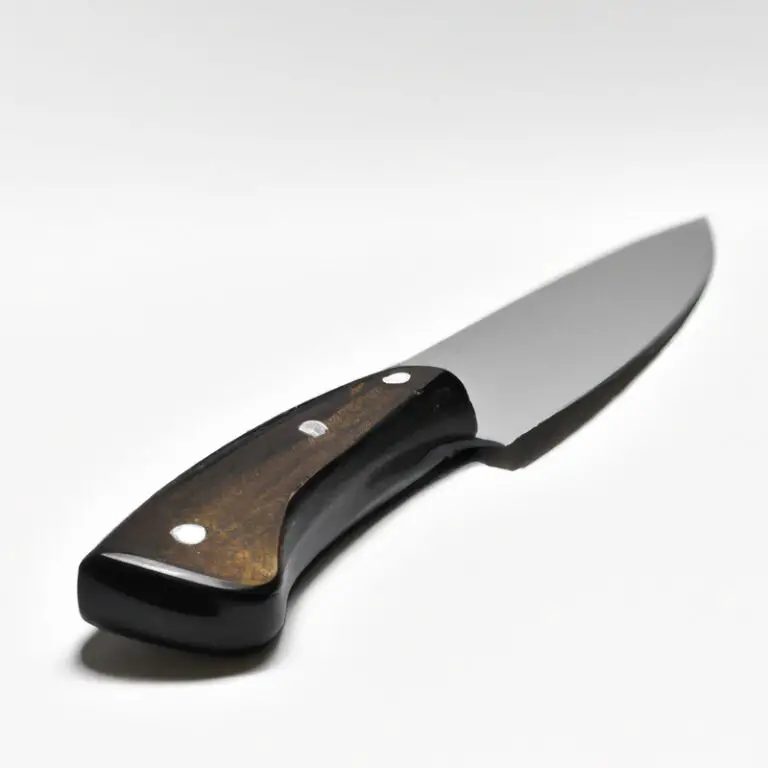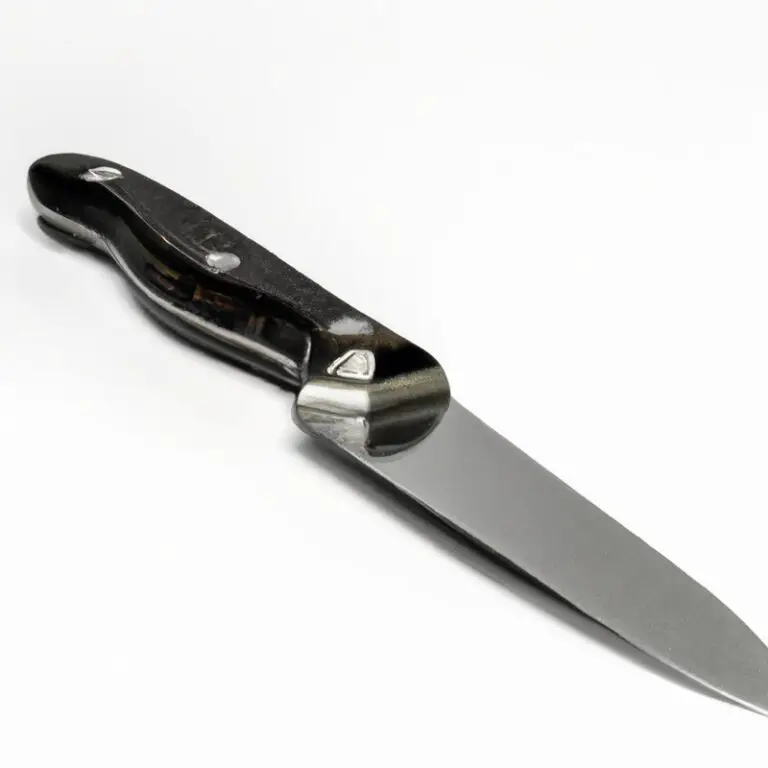What Are The Different Types Of Paring Knives Available? Slice Like a Pro!
Key Takeaways:
- Paring knives come in various types based on their blade strength, shape, and size.
- Straight paring knives are ideal for peeling and trimming fruits and vegetables, while bird’s beak paring knives are best for intricate tasks.
- Choose a paring knife that feels comfortable and balanced in your hand to ensure maximum control and precision.
- Maintaining your paring knife with regular sharpening and cleaning can prolong its lifespan and effectiveness.
Are you an amateur cook looking to up your game in the kitchen? If so, investing in a good paring knife is a must-have tool.
But with so many different types of paring knives available in the market, it can be overwhelming to select the right one.
From serrated edge to straight edge, Japanese-style to sheep’s foot, there are various options to choose from depending on your needs. In this article, we’ll give you a rundown of the different types of paring knives to help you make a well-informed decision.
Straight edge paring knives
Straight edge paring knives are the most common type of paring knife. They have a sharp, straight blade that is perfect for precise cuts, such as slicing thin strips of fruits and vegetables.
These knives are ideal for tasks that require a high level of control, such as deveining shrimp or removing the skin from fish.
They are easy to sharpen and maintain, and are an essential tool for any home cook or professional chef. Straight edge paring knives can come in a variety of materials, such as stainless steel or carbon steel, and can have a range of handle styles to fit the user’s preferences.
They can be used for a wide variety of tasks, making them a versatile and indispensable tool in the kitchen.
Serrated edge paring knives
Serrated edge paring knives, also known as tomato knives, have teeth-shaped serrations on the blade. These serrations grip and cut through the skin of fruits and vegetables, making them ideal for slicing soft foods without crushing them.
They are also useful for cutting bread and cheese, making them versatile kitchen tools.
Serrated edge paring knives typically come in blade lengths of around 3-4 inches and are made of stainless steel or ceramic. They are easy to use and require less sharpening than straight edge paring knives.
Serrated edge paring knives are a great addition to any kitchen and are especially useful for those who frequently work with delicate foods like tomatoes or bread.
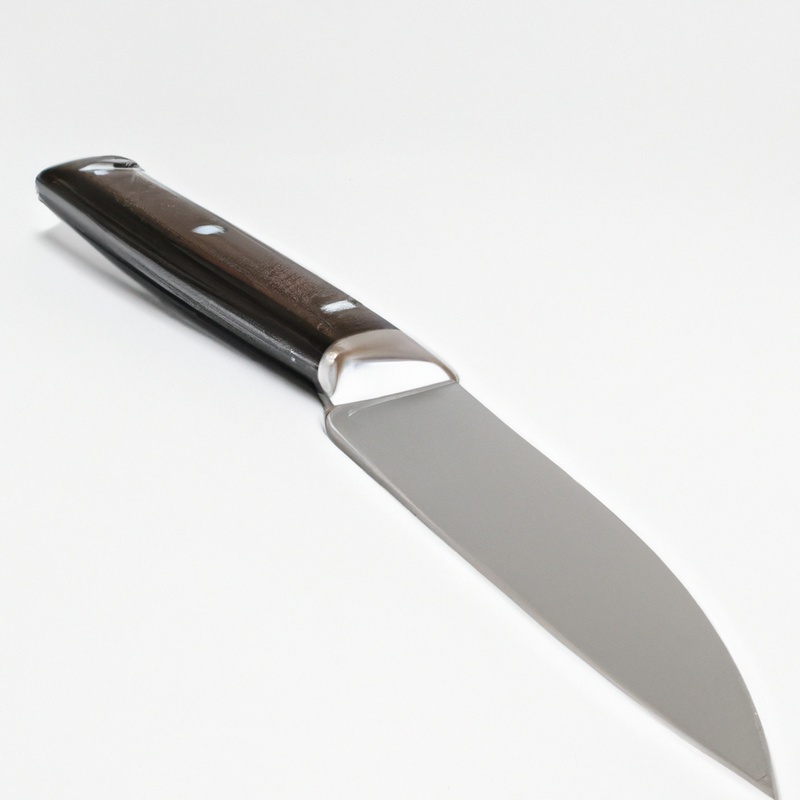
Bird’s beak paring knives
Bird’s beak paring knives, also known as tourne knives, have a curved blade that resembles the shape of a bird’s beak. They are used for precise cutting and peeling of fruits and vegetables.
The curved shape allows for better maneuverability around rounded surfaces, making them ideal for tasks like creating decorative garnishes.
It is important to note that the blade is not suitable for chopping or slicing through dense materials like meat or thick-skinned produce. Bird’s beak paring knives are a unique tool in the kitchen and can be a valuable addition to any collection of knives.
Sheep’s foot paring knives
Sheep’s foot paring knives have a unique blade shape that has a straight cutting edge and a curved spine that curves down to meet the cutting edge at the tip. This design makes them ideal for precision slicing and mincing, especially when working with vegetables or fruits.
Because of their wide blade, these knives can also be used for spreading and scraping, making them a versatile addition to any kitchen.
The shape of the blade also reduces the likelihood of accidentally puncturing the item being cut. Sheep’s foot paring knives are commonly used by professional chefs and home cooks alike and are available in various materials, including stainless steel and ceramic.
When choosing a sheep’s foot paring knife, attention should be given to the quality of the blade, the handle’s ergonomic design, and the intended use.
A well-made sheep’s foot paring knife can be a valuable tool in any kitchen, offering precise cutting and a comfortable grip for extended use.
Spear point paring knives
Spear point paring knives have a pointed blade that can be used for delicate cutting tasks. They are similar to straight edge paring knives but with a sharper tip that allows for precision cuts and decoration.
The blade is designed to be more narrow towards the tip and wider towards the handle.
This makes them ideal for tasks such as peeling fruits and vegetables, trimming meats and poultry, and cutting small garnishes and designs. Spear point paring knives come in different sizes, from small to medium-sized blades, and they can be made from different materials like stainless steel or high carbon steel.
They are a versatile tool in any kitchen and are suitable for both professional chefs and home cooks.
Japanese-style paring knives
Japanese-style paring knives are known for their sharpness, precision, and versatility when it comes to preparing and trimming fruits and vegetables. They typically have a thinner and lighter blade, which makes them great for intricate cutting tasks such as peeling and sculpting.
Japanese-style paring knives are often made with high-quality materials like high-carbon stainless steel or Damascus steel, which allows for a razor-sharp edge that can withstand repeated use.
Their handles can vary in design, from traditional wooden handles to more modern materials like resin or composite materials. Due to their popularity, there are many Japanese-style paring knives available on the market, each with their own unique features.
Some popular brands include Masamoto, Shun, and Mac.
It is important to choose a Japanese-style paring knife that feels comfortable in your hand and suits your cutting needs. When using a Japanese-style paring knife, it is important to maintain the sharpness of the blade by keeping it properly sharpened and honed.
Additionally, it is recommended to use a cutting board made of softer materials like wood or plastic to help preserve the integrity of the blade.
Overall, Japanese-style paring knives are a great addition to any kitchen and are perfect for those who value precision and quality in their cutting tools.
Folding paring knives
Folding paring knives are compact and easy to carry, making them a favorite among outdoor enthusiasts and cooks who frequently travel. They feature a folding mechanism that allows the blade to fold into the handle for safety and convenience.
Folding paring knives come in a variety of blade types, including straight edge and serrated.
However, the folding mechanism often compromises the blade’s strength and durability, compared to fixed blade knives. Before purchasing a folding paring knife, carefully evaluate the quality of the folding mechanism and the strength of the blade.
Ensure that the knife is well-made and sturdy enough to handle the tasks you plan to use it for.
Ceramic paring knives
Ceramic paring knives have become increasingly popular due to their sharpness and durability. They are made from zirconium oxide, which is second only to diamonds in hardness, making them resistant to dulling and corrosion.
These knives are also lightweight, easy to handle, and require less maintenance than steel knives.
Ceramic paring knives are excellent for slicing soft fruits and vegetables, but they are not recommended for chopping hard materials such as bone or frozen food. Since they are brittle, they can easily chip or even break if dropped or mistreated.
However, with proper care, ceramic paring knives can last for years and provide excellent performance for everyday kitchen tasks.
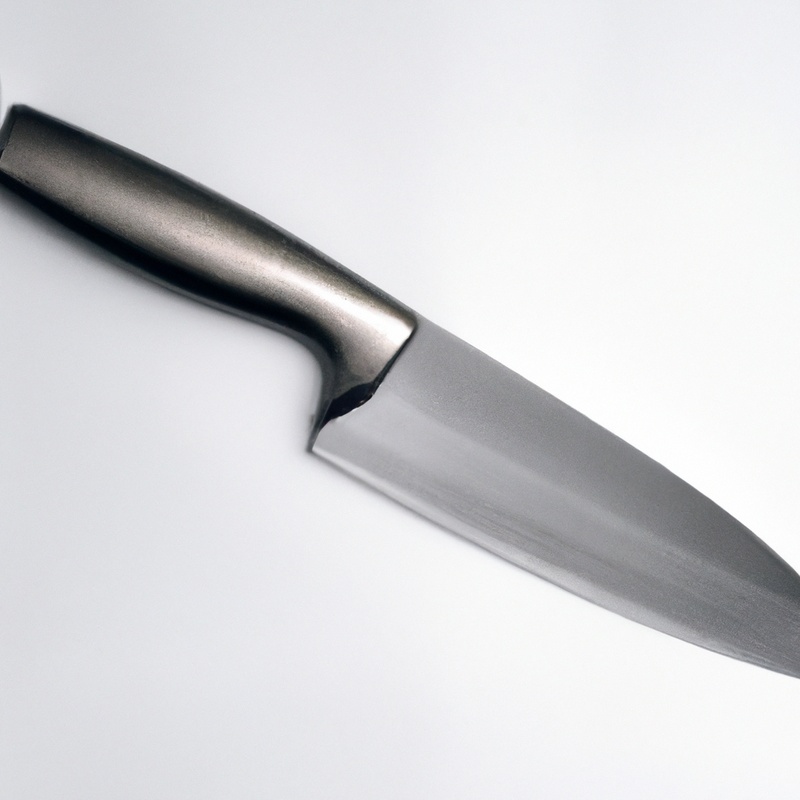
Stainless steel paring knives
Stainless steel paring knives are popular among chefs and home cooks due to their durability, corrosion resistance, and affordability. They are easy to maintain and can withstand regular use for extended periods without losing their sharpness.
Unlike carbon steel, stainless steel does not rust or stain, and it is less prone to chipping.
Furthermore, stainless steel paring knives are versatile and can handle different types of cutting tasks, such as peeling, trimming, and slicing. They come in various blade shapes and styles, such as straight edge, serrated edge, and bird’s beak.
When choosing a stainless steel paring knife, it is crucial to consider factors such as blade hardness, thickness, and balance.
The hardness of the blade determines its ability to hold an edge, while the thickness affects its precision and control. A well-balanced paring knife ensures comfortable handling and reduces wrist fatigue.
In summary, stainless steel paring knives offer a reliable and practical option for everyday kitchen use.
They are durable, easy to maintain, and can handle different cutting tasks. Paying attention to blade hardness, thickness, and balance can help you choose the best stainless steel paring knife for your needs.
Carbon steel paring knives
Carbon steel paring knives are known for their sharpness and durability. They are made from an alloy of iron and carbon, which increases their hardness and resistance to wear.
The carbon content in these knives also makes them less prone to corrosion compared to stainless steel knives.
Carbon steel paring knives need to be well-maintained, as they tend to rust easily if not cleaned and dried properly after use. However, with proper care, they can last for a very long time and maintain their sharpness for all your food preparation needs.
These knives are best suited for tasks that require precision cutting, such as trimming and peeling fruits and vegetables.
Final Verdict
There are numerous paring knives available to match your specific kitchen needs. Straight edge, serrated, bird’s beak, sheep’s foot, spear point, Japanese-style, folding, ceramic, stainless steel, and carbon steel paring knives each have their unique advantages.
With this knowledge, you can confidently choose the right type of paring knife to make your kitchen tasks more efficient and enjoyable.
Remember, investing in a high-quality paring knife is a worthwhile investment that can make a significant difference in your cooking experience. Trust the information presented in this article and take action by adding the right paring knife to your kitchen collection today.

